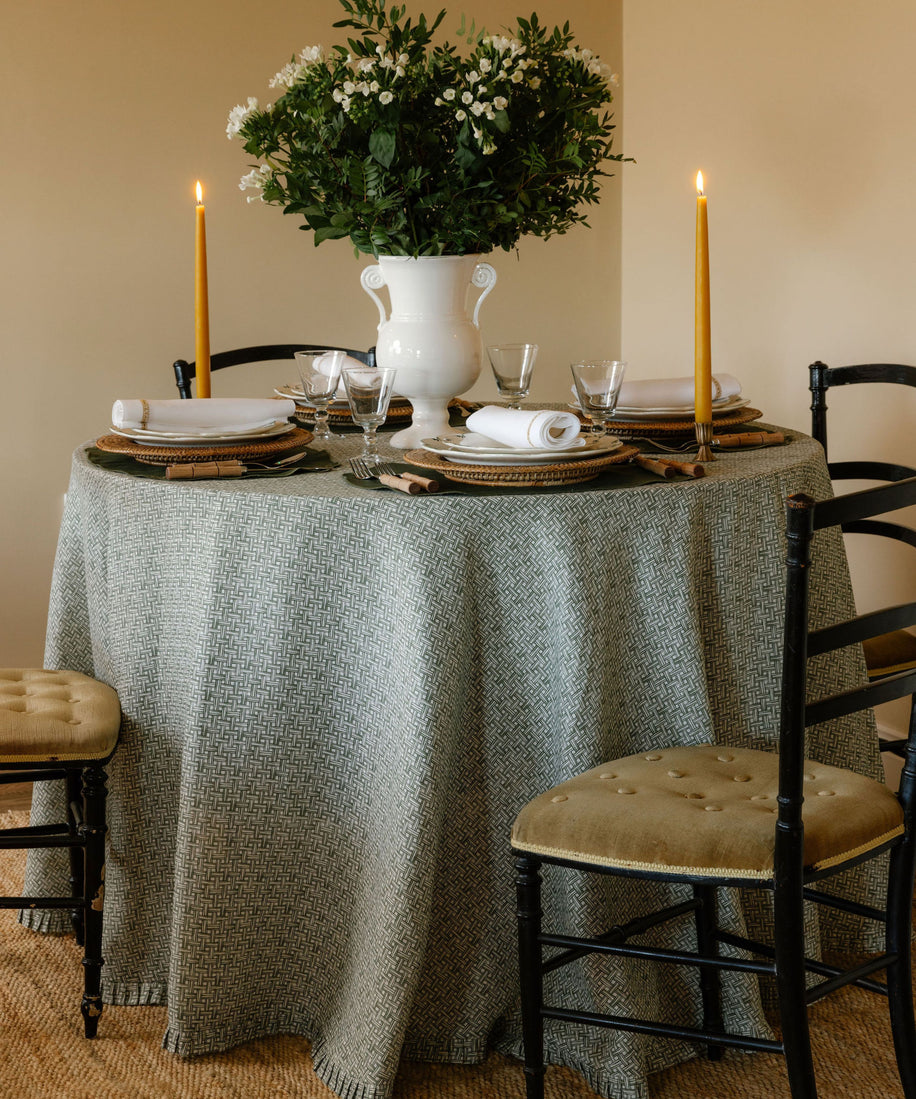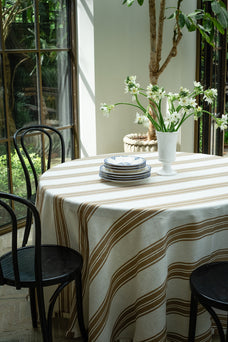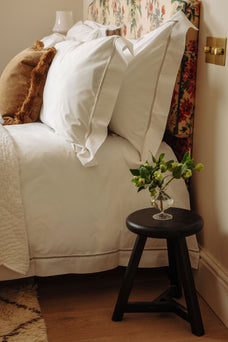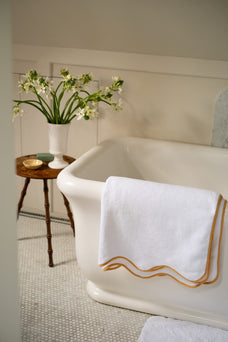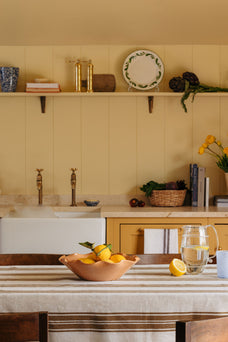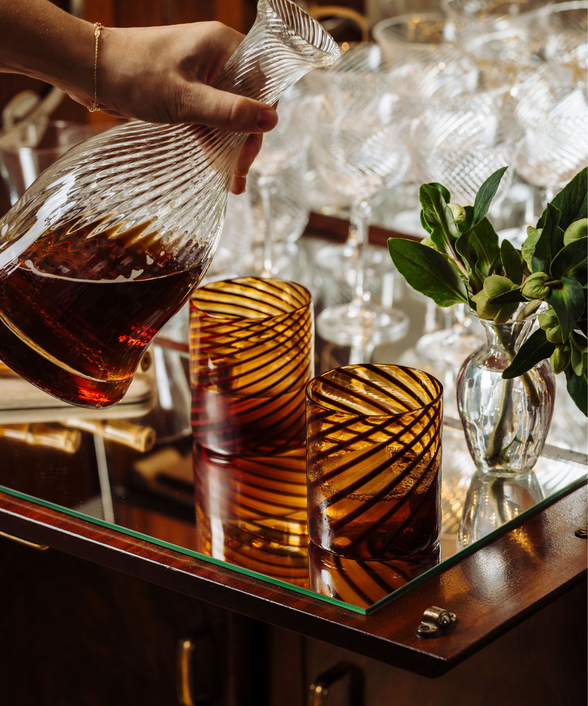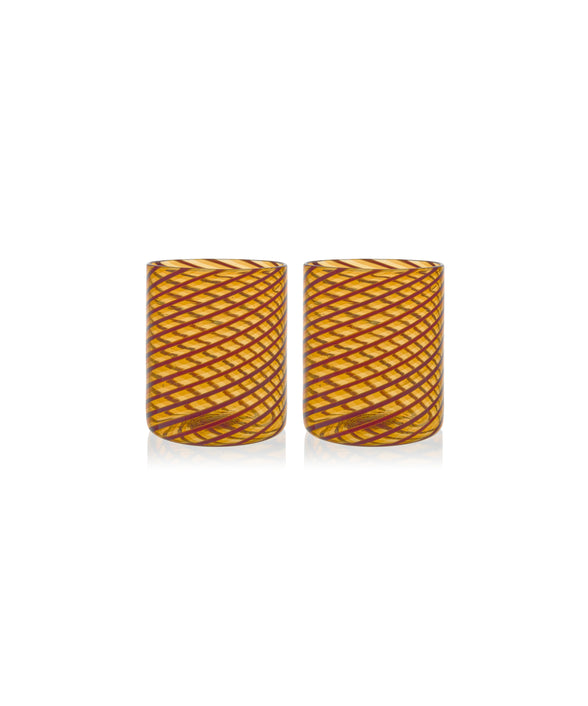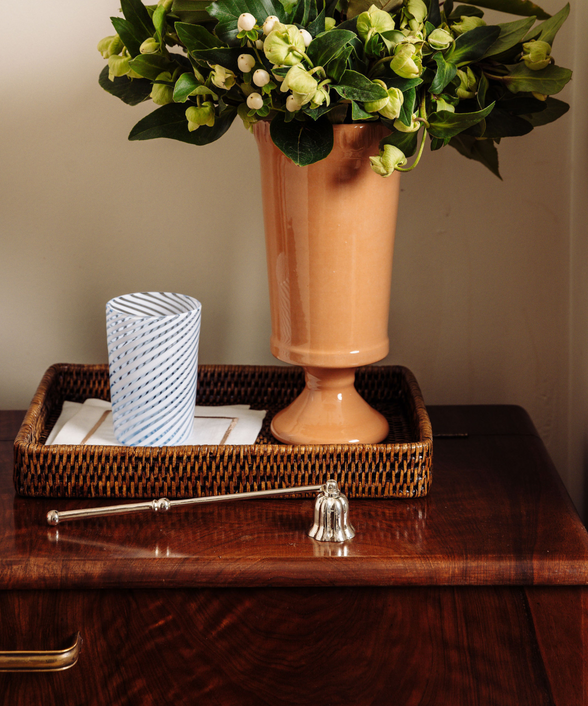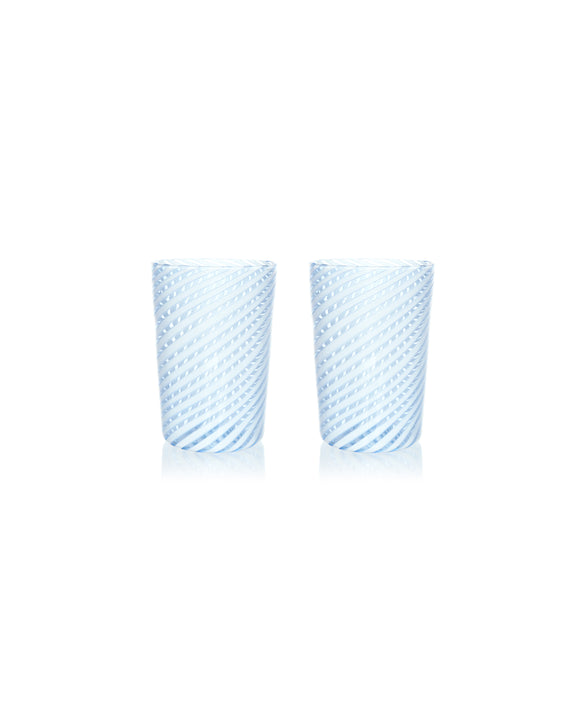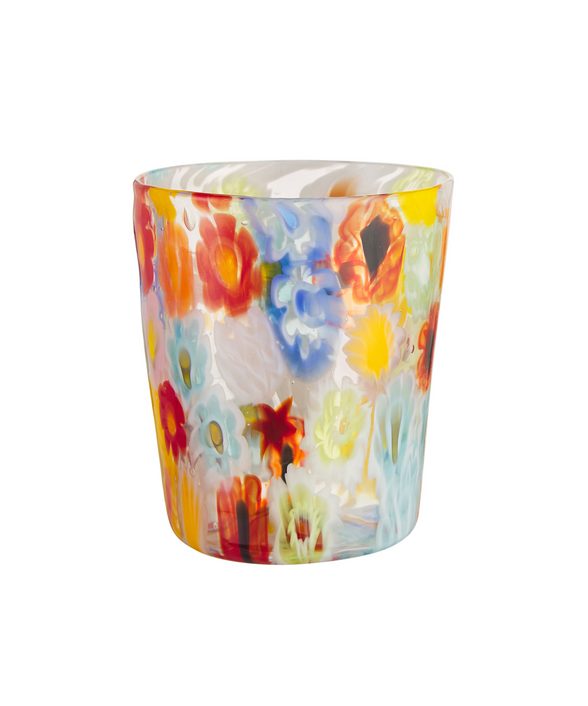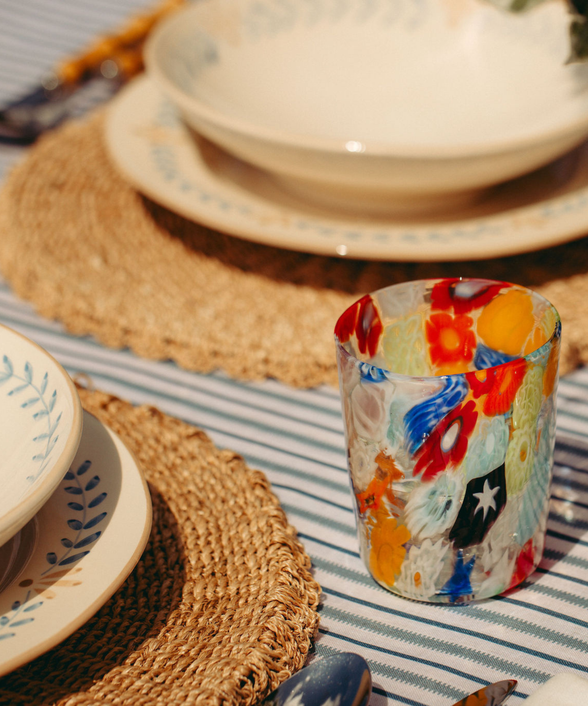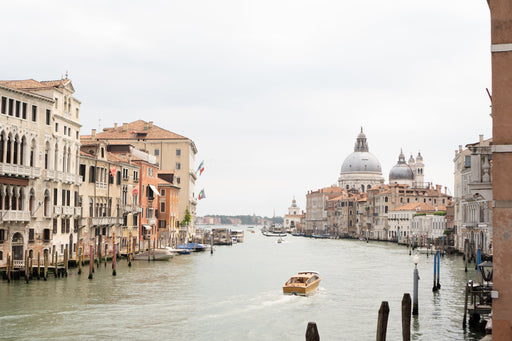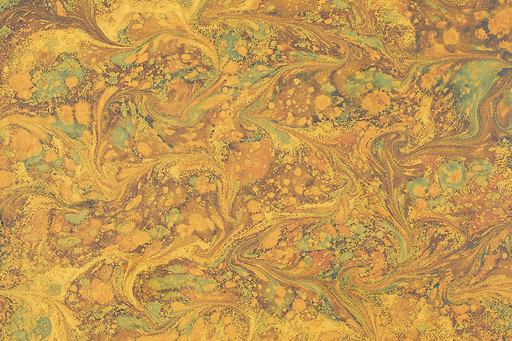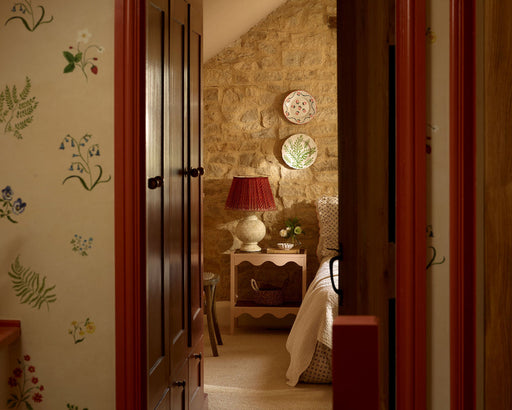The History of Murano Glassware
The Venetian Republic
The city of Venice is situated within the Venetian lagoon (a bay of the Adriatic Sea), spread over more than a hundred small islands, connected by bridges across the famous canals. Along the Murani canal lie seven small islands that are themselves divided by canals: these islands are collectively known as Murano. Venetian glassmakers have been inspired by their lagoon for generations, observing the reflections of shimmering light on the water outside their workshops.But when and how did glassmaking begin and evolve on Murano island?
Venice (including Murano) was settled by Romans fleeing the fall of the Roman Empire in the late 5th Century and there is evidence of glass production in the lagoon as early as the 6th Century. However, archaeological finds suggest that glassmaking was practised on the island of Torcello even before the founding of the Republic, and the very first recording of a Glass Master in the region was bottle-maker Dominicus Phiolarius in the year 982.
Glasswork is the most ancient art practised in the lagoon, and was one of the most important commercial industries of the Venetian Republic for centuries. Between these aforementioned earliest recordings of glassmaking and the recognition of the importance of the industry in the 11th Century, Venice was inundated by a melting pot of glassmaking expertise and inspirations. Those fleeing Rome brought with them the knowledge of the production and use of glass objects for domestic, religious and decorative purposes that they had been accruing since the 1st Century. Immigrants from the East fleeing the siege of Constantinople also arrived in Venice with expertise of the art of glassmaking. Glass beads, mosaics, jewellery, mirrors and windows were all developed during this time– although they were considered a luxury and were only available to the wealthy.

During the 11th and 12th Centuries, the importance of the glassmaking industry was recognised by the Republic who initially negotiated free trade agreements throughout the wider geographical region - although this didn’t last long. In 1271, the importation of glass was forbidden. In 1291, the Republic sought to further protect their secrets by moving all glass furnaces to a cluster of seven small islands collectively named Murano that were connected by bridges. The official reason for this relocation was to protect the city of Venice, as the glass factories frequently caught fire.
When the furnaces were moved, this also meant that the glassmakers and their families were forced to relocate to Murano. They were compensated by receiving an elevated social status: their daughters were allowed to marry into nobility, they were permitted to carry swords and they were immune to prosecution. These benefits encouraged glassmakers to continue working and to pass down their trade to their children, although there were also downsides to the relocation. They were forbidden from leaving Venice without permission and the crime of leaking the secrets of Murano Glass was punishable by death.
Once all the glassmakers were concentrated on one island, they began exchanging their skills and ideas, which led to a rapid expansion and innovation of glass production. Important discoveries were made during this time, and new varieties of glass were created - such as Master Angelo Barovier creating Cristallo Veneziano (the world’s first truly clear glass) and Master Antonio di Pisa creating Lattimo glass (opaque ‘milk’ glass). The secrets of creating these special new varieties of glass were passed down through generations within glassmaking families.

The 19th - 21st Centuries
For centuries, Murano produced almost all the commercial and luxury glass within Europe, until the Republic of Venice fell to Napoleon in 1797. Venice experienced a cultural and commercial decline in this era, which worsened following the fall of the Napoleonic Kingdom and the Habsburg rule from 1815 - 1835. The Habsburgs favoured Bohemian crystal, and restricted and heavily taxed the importation of the raw materials needed to make glass into Venice. By 1820, almost half of the furnaces that had existed in Murano had been shut down, and only five commercial furnaces continued to blow glass during this period.
The recovery of Murano Glass production was focused around luxury, rather than commercial objects. From the mid-1800’s to the mid-1900’s, commercial production almost completely vanished on the islands. The first Venice International Arts Biennale in 1895 saw an interest in the potential of fusing the ancient practises of Murano Glass with more modern pieces, leading to the opening of the first Murano Glass furnace that focused entirely on this. Eventually, all existing and new furnaces moved towards new methods of collaborations between Glass Masters and contemporary designers.
This new interpretation of Murano Glass led to how it is produced today. Murano Glass objects are considered to be highly desired luxury items, whether they are more contemporary designs or interpretations of classic Renaissance styles. The commercial threat of mass-produced glassware has led to the complete cease of crafting more utilitarian glass objects in Venice - and this threat also exists to the artisanal objects that the islands are now known for. However, imitations are cheaply produced and will never match up to the design heritage, exceptional quality and artisanal heritage of true Murano Glassware.
How & Where is Murano Glassware Made
All Murano Glassware is produced on the seven islands that make up Murano, located in the Venetian lagoon. Glassware can only be named ‘Murano’ if it is produced here. Venetian glassmakers are still highly revered, many of them being passed down the time-honoured techniques through their families or from elder Glass Masters. To protect the history and reputation of Murano Glassware, the region began certifying Murano Glass in 1994.
It takes an entire lifetime to earn the status of being a Master Glassblower of Murano Glassware, and the exact techniques used by each small factory or workshop are closely guarded secrets. The basic principles of the process are as follows (although, it is much more complex than this): a ball of molten glass is first collected from the furnace and manoeuvred at high speeds at the end of a long blowpipe. Lead, cobalt, copper and iron are used to add colours at various points in the process. The final piece, which is still soft at incredibly high temperatures, is cut from the blowpipe and placed in an oven to cool down.
Why Murano Glassware Is So Special
Each piece of Murano Glassware is a true work of art. Crafted by highly skilled artisans, known as Master Glassblowers, each piece is made individually in small workshops, entirely hand-crafted. This is a lengthy and intensive process, which is a recognised art form which now has UNESCO protection. The history of Murano Glassware is an important part of the history of humanity.
True Murano Glassware cannot be mass produced, and any imitation pieces do not stand up to the standards associated with certified objects. This special, heritage glassware is a true reflection of both the artist who made it and the beauty of the Venetian landscape that inspired it. The glassmaking process has more or less stayed the same over the past thousand years, with its secrets carried down through generations.

Our Murano Glassware Collection
Refining a favourite from our archives, our new Murano glassware has been fashioned by one of the most talented makers on the Venetian islands. The delicate spiral design is available as a tall tumbler in frost blue or golden brown, aptly named 'Winter' and 'Autumn'. Alternatively, a pair of amber-hued whisky glasses make for the perfect nightcap, taking inspiration from retro tones.
Discover our new Murano Glassware collection.

